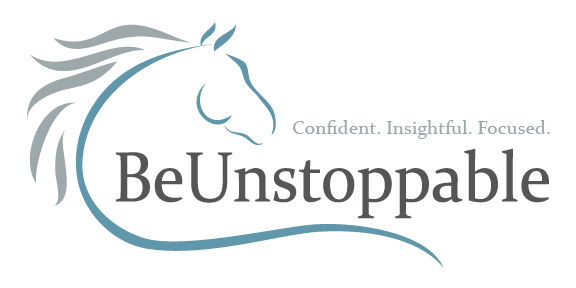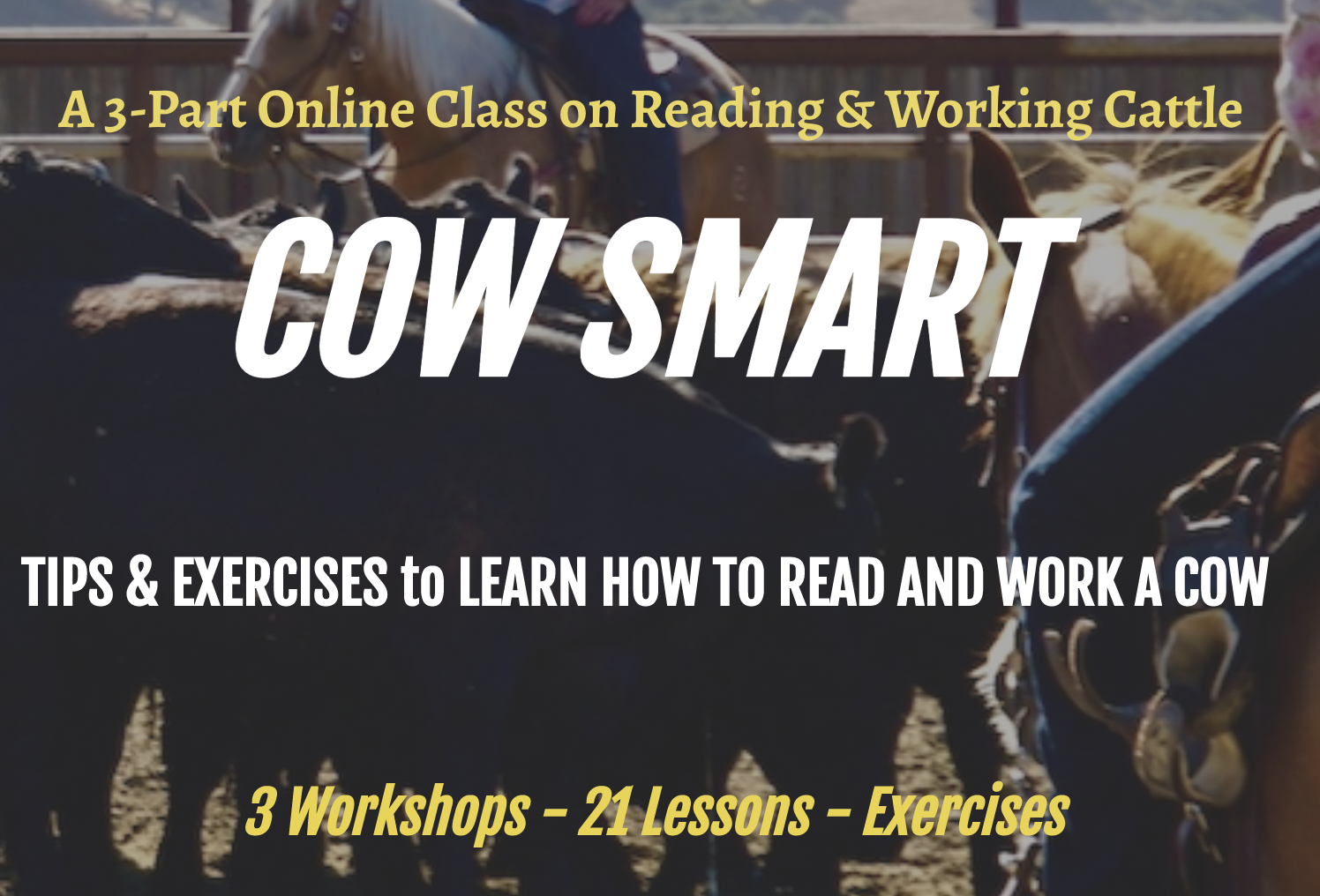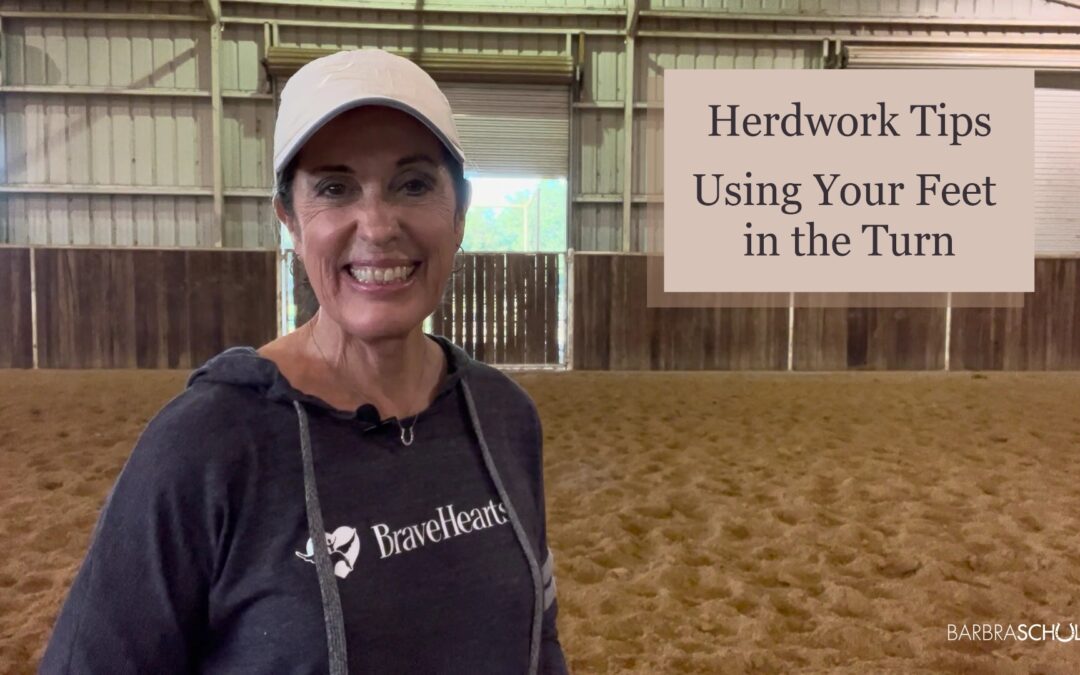

LET US KNOW YOUR THOUGHTS
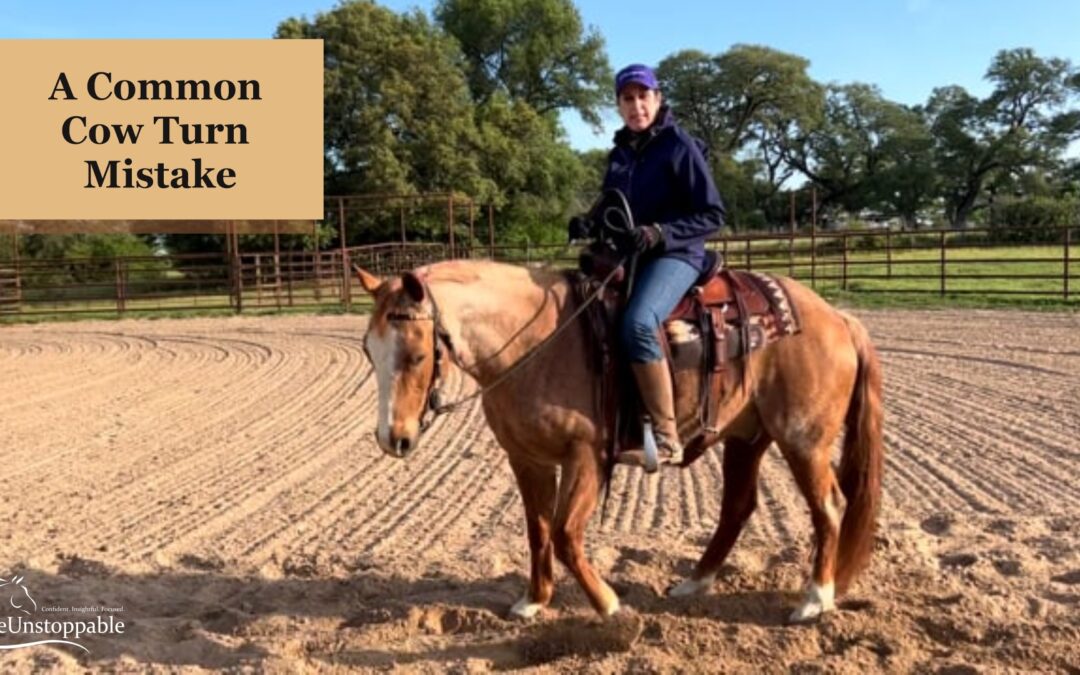
A Common Cow Turn Mistake
I have a short video that explains a common error when riders make cow turns.
They tend to release a horse from remaining on its hindquarters before the turn is complete. This often happens towards the end of the turn. It’s caused by using your feet too soon, or releasing the reins too quickly – or both.
It’s easy to want to “get going with that cow,” (-: and be unaware you’re rushing.
There’s no transcript this time, but the video shows how you can “fall out” of a turn – and how to avoid this error.
LET US KNOW YOUR THOUGHTS 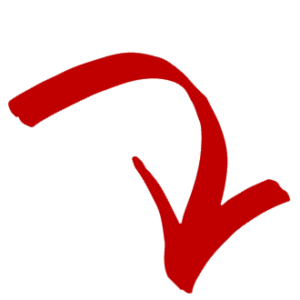
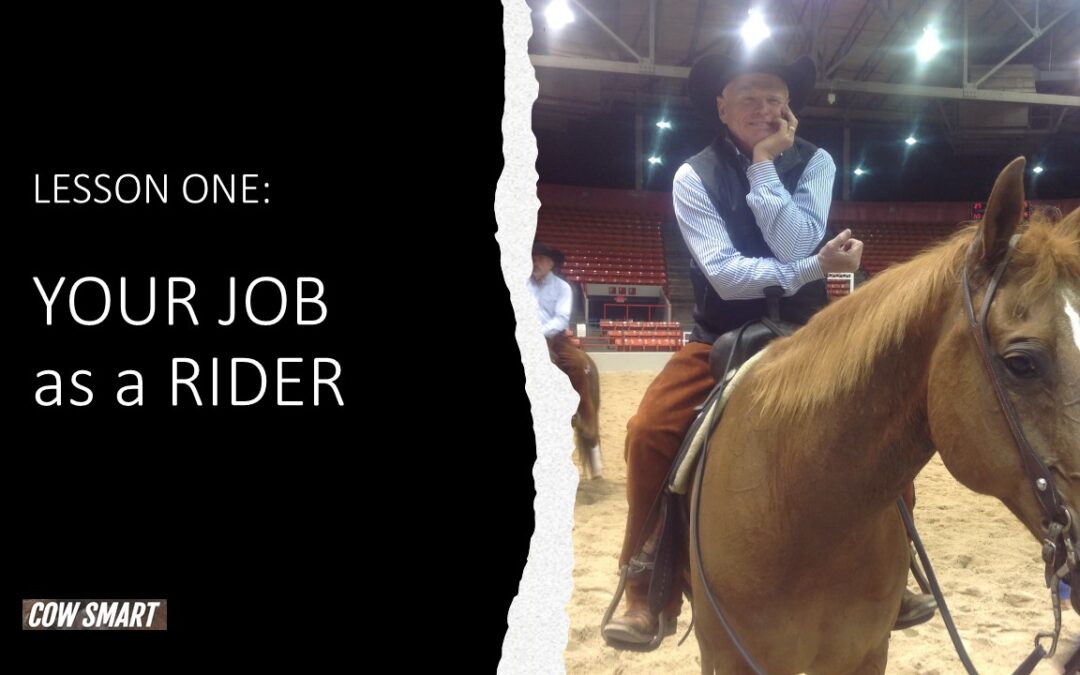
Your Job as a Rider
When it comes to working a cow, there’s a lot going on – you – the horse – your mentors – the cattle!
In the Cow Smart Series, Lesson One is about your job as a rider when you work cattle. This clip also has a fun visualization. I hope you enjoy it.
Cow Smart Online Series Open Now Through Thursday 2/10 at Midnight
Click Here for all the details
LET US KNOW YOUR THOUGHTS 
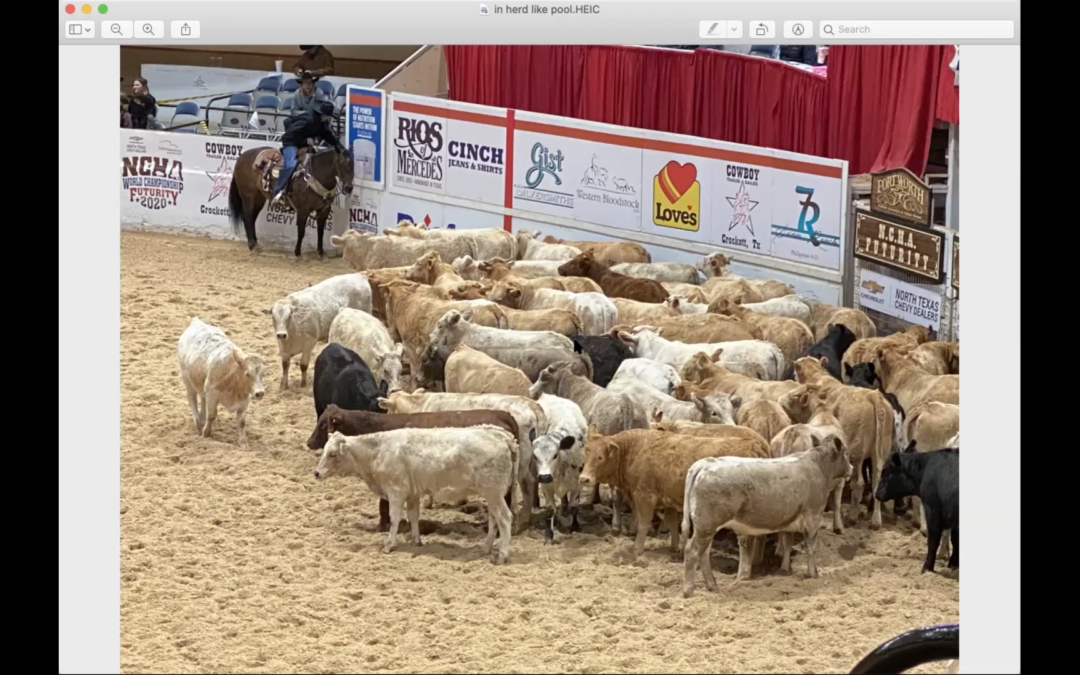
Where do you enter the herd?
Have you ever walked down to the herd without a plan?
Maybe you entered the body of the herd without a thought about how you will impact the cattle?
In this week’s video, I discuss three different places to enter the herd for a cutting or herd work run, the impact that entry has on the movement of cattle, which routes I prefer, and why.
LET US KNOW YOUR THOUGHTS 
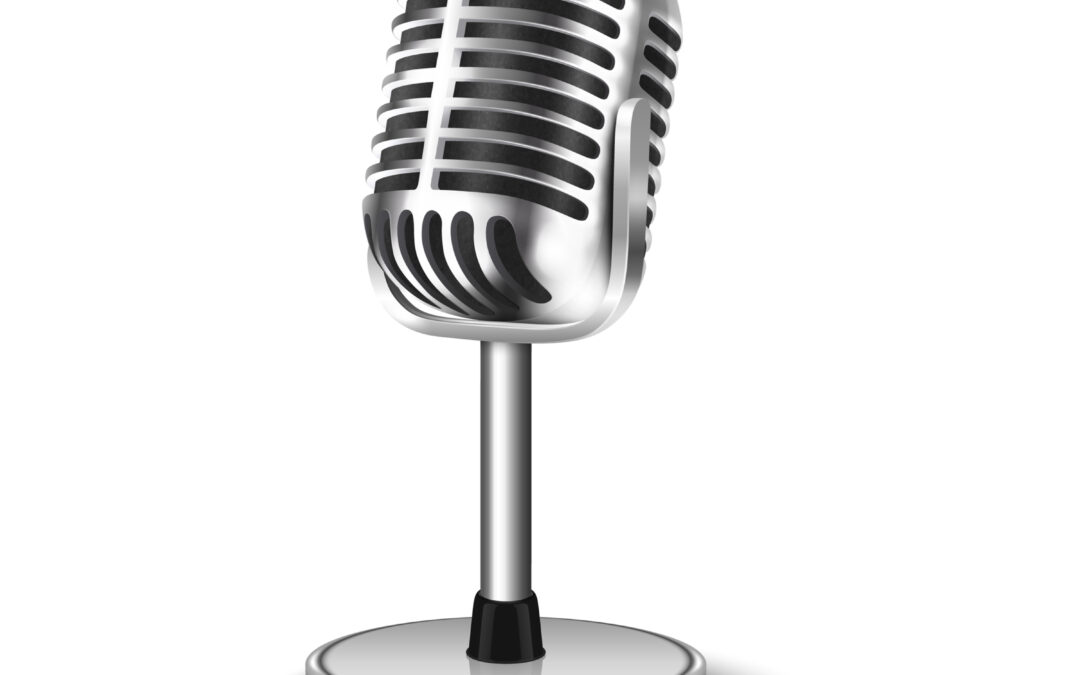
How to Deepen Your Seat
This week, this question came up: “What does deepen your seat mean?”
Now, that’s a GREAT question.
That’s what this podcast is all about.
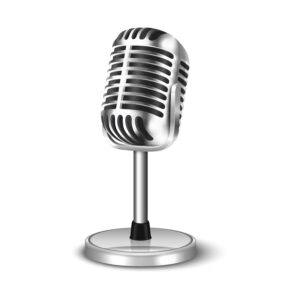
Our seat is the most fundamental part of our riding, and it is multi-dimensional. It is our most direct line of cueing and communication with a horse. It is the center of our balance. And when our body is aligned, our limbs are loose, and we are focused; it’s as if we are one with a horse.
When we understand all that’s involved with our seat, we can continue to develop this means of communication with our horse for a lifetime.
1. Experiencing your seat in unison with your horse…
-
-
Expand the concept of “seat” to mean the lower trunk of the body.
-
The hip bones are aligned with the shoulders and down to the ankles for much of the time in the saddle.
-
When a horse is moving, our seat moves in a variety of ways and rhythms with a horse (depending on the gait, speed, situation, etc.).
-
2. Use your seat proactively with your eyes and breath for…
-
-
Slowing down
-
Stopping
-
Speeding up
-
Turning
-
Smoothness in all maneuvers
-
3. How-to reminders:
-
-
Keep your body loose
-
Give your horse time to feel your seat
-
Go to your seat/eyes/breath first for communications and transitions
-
Legs/feet come next as cues
-
Hands are used as support last
-
Before I go, I want to remind you that learning a new skill or deepening a skill has many layers.
First, you learn what you want to do and why it’s important. In this case, we’re talking about riding with an active consciousness of your seat because it is the most direct line of communication with your horse; it is how you develop feel, and it can help you stay calm and focused on the inside as you stay softly anchored in the saddle.
But here’s another critical point. It’s not just understanding what we’re doing and why it’s important that allows you to grow a skill. It’s the practice of the new behavior day-in and day-out and refining your technique indefinitely.
You come to any riding session with your own positive behaviors as well as things you need to improve – and so does your horse.
This is the spot where many people neglect cultivating a skill to higher levels. If they only understand that a behavior is important but don’t really practice it strategically over time, they return to their default skill levels – for better or worse. No true progress is made.
In the case of developing more feel through our seat, it’s easy to want to move on to more complex maneuvers and just assume that we know about our seats and what to do.
LET US KNOW YOUR THOUGHTS 

Seven Elements of Herdwork
Not too long ago I did an in-depth 5 hours and 20 minutes total time, webinar series on cutting. I thought it would be fun this week to share 8 minutes of one of the sessions. It’s all about breaking making the cut down into individual pieces.
I identify seven in all. There’s nothing ‘official’ about this number. However, I’m a big believer in ‘chunking’ – that is knowing the different skills and behaviors that comprise a beautiful flowing whole when it’s put together.
Please leave a comment for us!
LET US KNOW YOUR THOUGHTS 
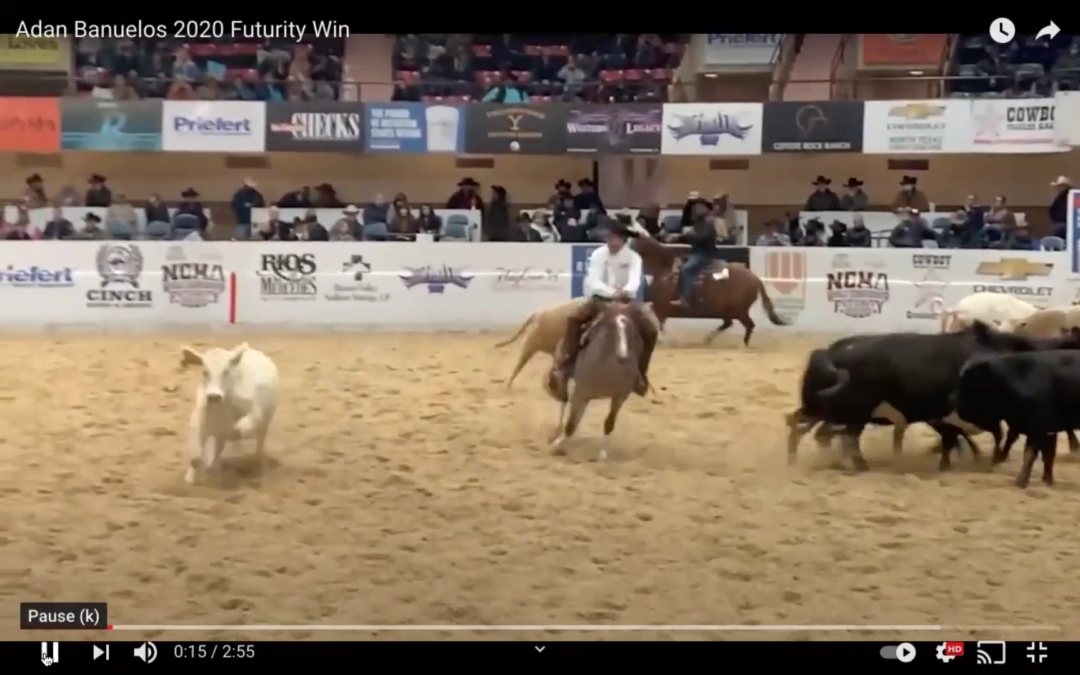
Getting a Cow to Turn Away for the Quit
LET US KNOW YOUR THOUGHTS 
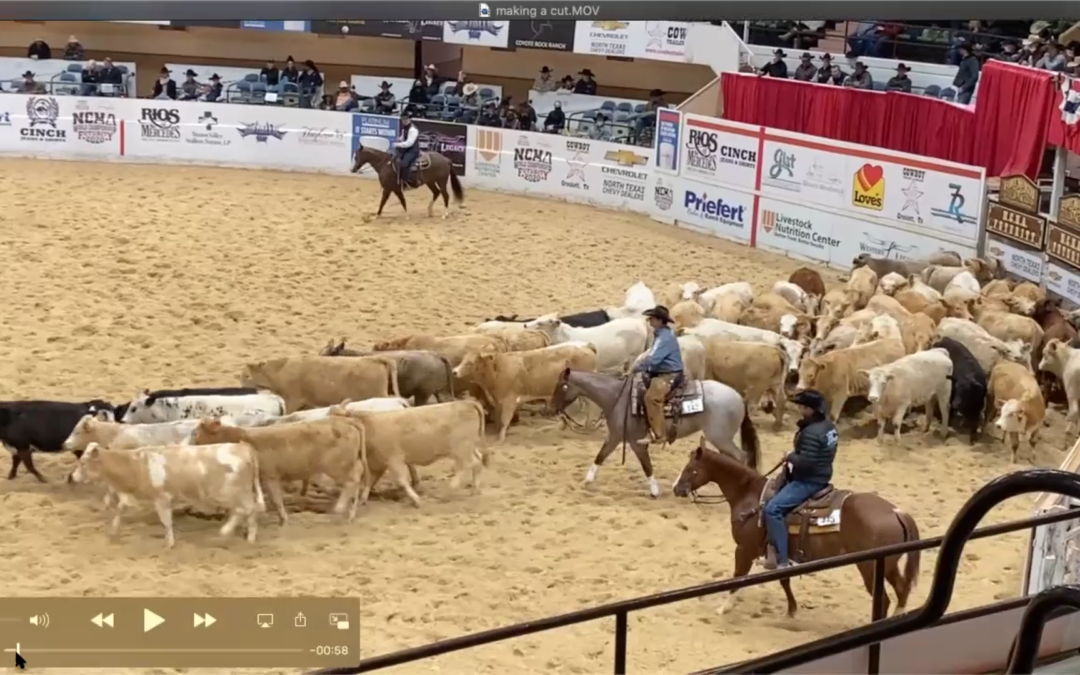
5 Tips for Making the Cut
In this video, I discuss five essentials of good herd work and show examples of:
-
Driving forward for the cut
-
Pausing and then moving across the pen with the flow of cattle
-
Using the cow-side leg during the cut
-
Keeping your horse on his haunches as you make the cut
-
Transitioning down to a deeper seat after the cut and when you start working the cow
-
Lowering your heart rate and planning between cattle and before re-entering the herd
I love hearing your thoughts. Let me know what you think by leaving a comment.
LET US KNOW YOUR THOUGHTS 
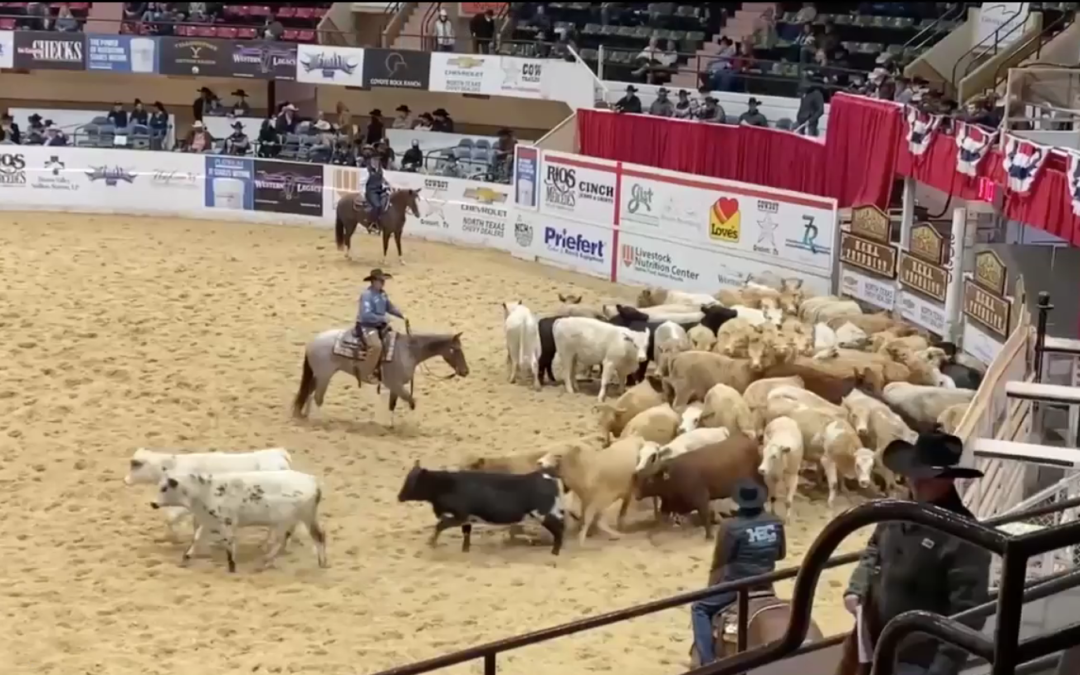
If the Cattle Get Tangled on the Cut
I just returned from the NCHA Futurity.
When I saw these two cuts. I thought they would be great examples of how you can make the best decisions possible on the cut if cattle threaten to stay together and ‘get tangled up.’
Watch for three things:
1. How the cutters both steer and move their horse amid the threatening situations
2. How the cutter moves (or not) with the cow to be cut
3. How the cutter is aware of the cattle or cow that need to be cleared.
LET US KNOW YOUR THOUGHTS 

Take a Hold

